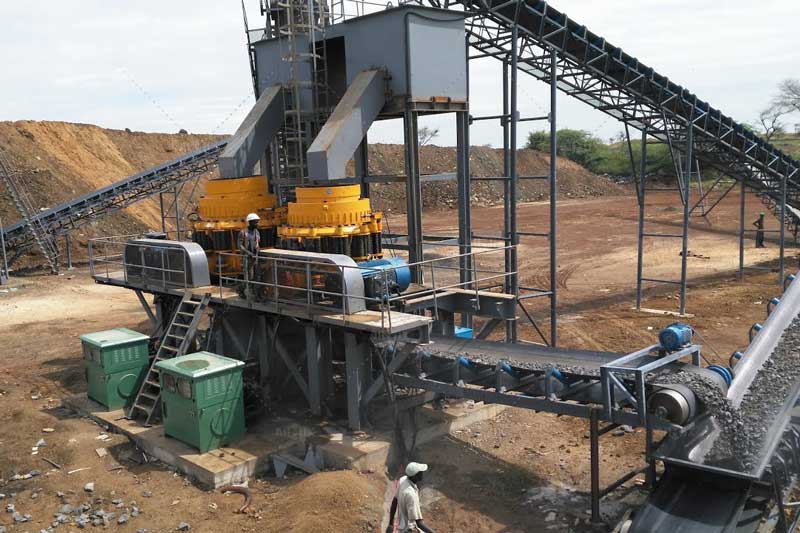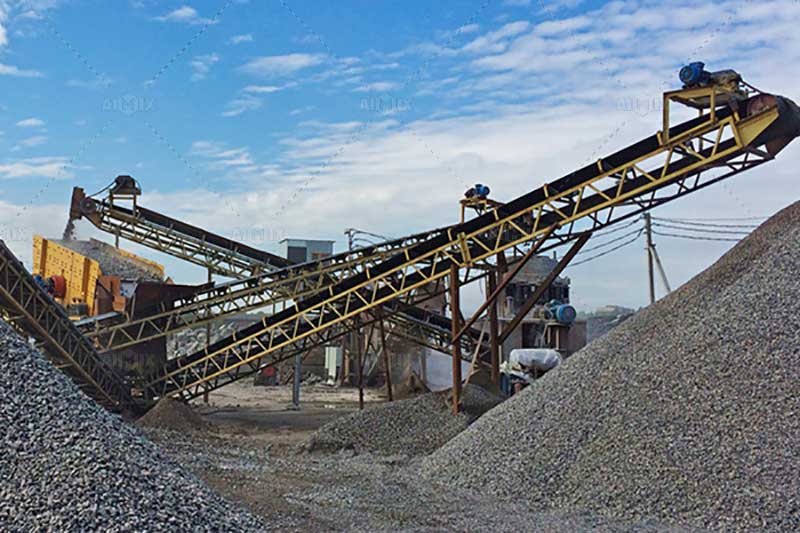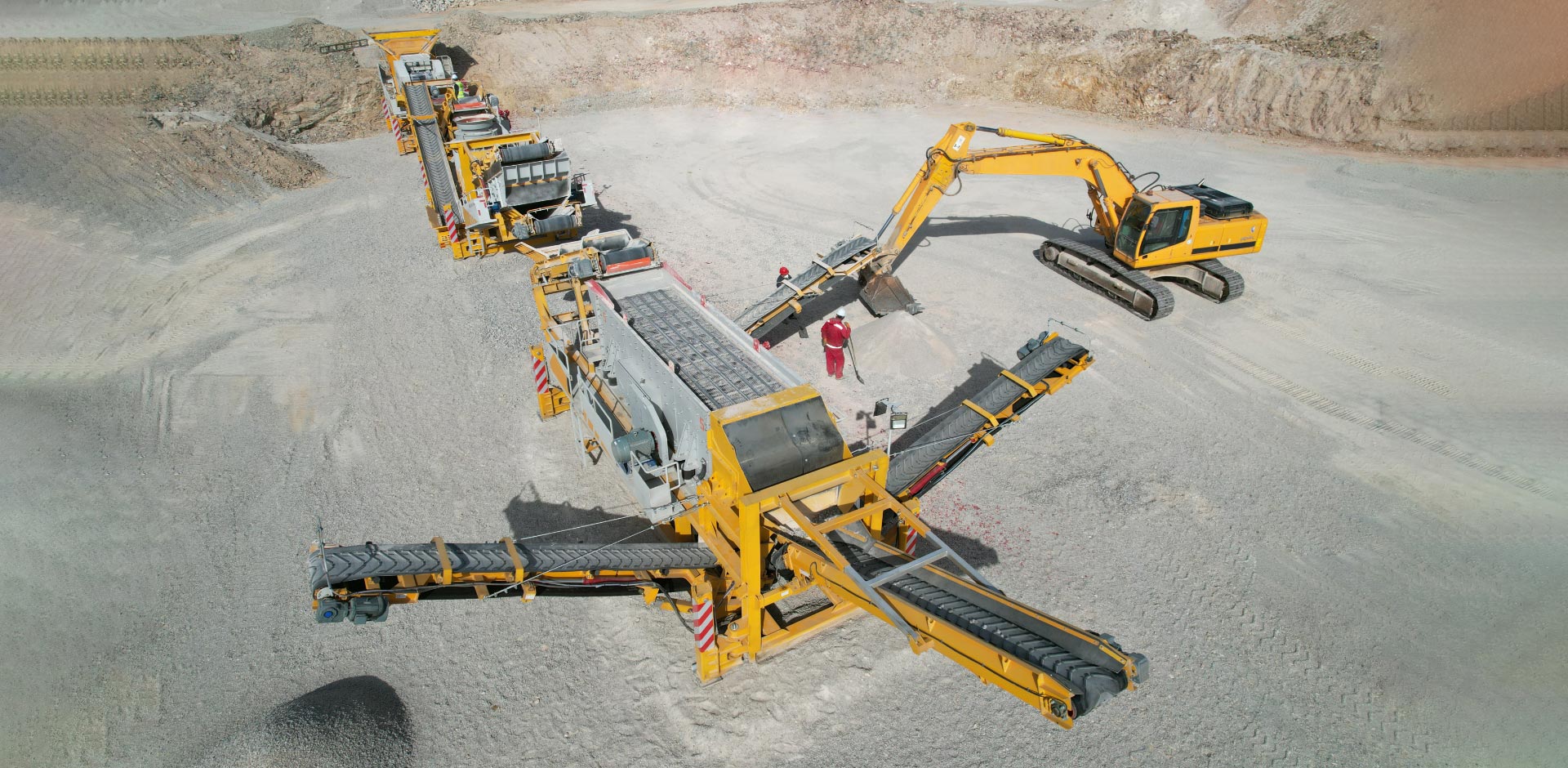Routine maintenance is essential for ensuring the longevity and optimal performance of stone crusher machines. Here’s a comprehensive guide to routine maintenance procedures and schedules to keep your stone crusher machine operating smoothly.
Stone crushers are integral to various construction and mining projects, tasked with breaking down large rocks into smaller, more manageable sizes. However, like any mechanical equipment, regular maintenance is crucial to ensure their efficiency, reliability, and longevity.
The Importance of Routine Maintenance
Routine maintenance is the cornerstone of crusher machine for stone management. It prevents unexpected breakdowns, minimizes downtime, and extends the lifespan of critical components. Neglecting routine maintenance can lead to costly repairs, decreased productivity, and safety hazards on site.

Benefits of Routine Maintenance
Regular maintenance offers a myriad of benefits for stone crusher machines:
1. Enhanced Performance:
Proper maintenance ensures that all components are in optimal condition, resulting in improved crushing efficiency and productivity.
2. Increased Reliability:
Routine inspections and servicing help identify and address potential issues before they escalate into major problems, enhancing the reliability of the mobile crusher and screening plant.
3. Extended Lifespan:
By proactively addressing wear and tear, routine maintenance prolongs the lifespan of critical components, reducing the need for premature replacements.
Key Maintenance Procedures
1. Inspection of Wear Parts
Regular inspection of wear parts such as crusher liners, blow bars, and jaw plates is essential to identify signs of wear and tear. Replace worn-out parts of crushing plant promptly to prevent further damage and maintain crushing efficiency.

2. Lubrication Maintenance
Proper lubrication is crucial for reducing friction and minimizing wear on moving parts. Follow manufacturer recommendations for lubrication intervals and use the appropriate lubricants to ensure smooth operation.
3. Cleaning and Clearing Blockages
Regularly clean debris and buildup from the crusher chamber, conveyor belts, and other components to prevent blockages and ensure uninterrupted operation. Clear any material jams promptly to prevent damage to the machine. View more details about the crushing equipment here: https://aimixglobal.com/stone-crusher-plant/.
Maintenance Schedules
1. Daily Maintenance Tasks
Perform the following daily maintenance tasks to keep your stone crusher machine in optimal condition:
– Visual Inspection:
Inspect the machine for any visible signs of damage, leaks, or abnormal noises.
– Lubrication:
Check and lubricate all moving parts according to the manufacturer’s recommendations.
– Cleanliness:
Remove debris and buildup from the machine and surrounding area to prevent blockages and maintain cleanliness.
2. Weekly Maintenance Tasks
On a weekly basis, perform the following maintenance tasks to ensure ongoing performance:
– Tightening Bolts and Fasteners:
Check and tighten any loose bolts, nuts, or fasteners to prevent equipment vibration and potential damage.
– Check Wear Parts:
Inspect wear parts for signs of wear and tear and replace as necessary to maintain crushing efficiency.
– Test Safety Systems:
Test safety features such as emergency stops and interlocks to ensure they are functioning correctly.
3. Monthly Maintenance Tasks
On a monthly basis, schedule more comprehensive maintenance tasks to address wear and tear and ensure long-term reliability:
– Check Electrical Connections:
Inspect electrical connections and wiring for signs of wear, corrosion, or damage, and repair as needed.
– Perform Belt Tension Checks:
Check and adjust belt tension to maintain proper alignment and prevent slippage.
– Review Operating Parameters:
Review crusher settings and operating parameters to optimize performance and efficiency.
In conclusion, implementing a routine maintenance program is essential for maximizing the performance and longevity of rock crushing equipment. By adhering to maintenance procedures and schedules, operators can prevent costly breakdowns, minimize downtime, and ensure continued productivity on construction and mining sites.
